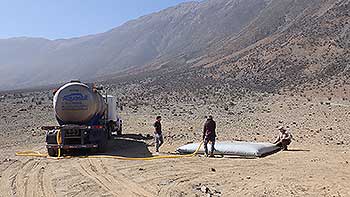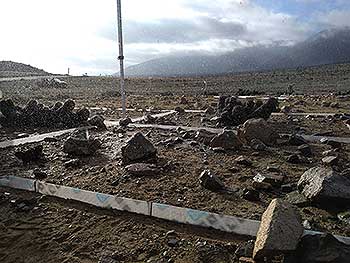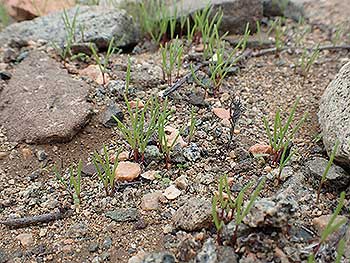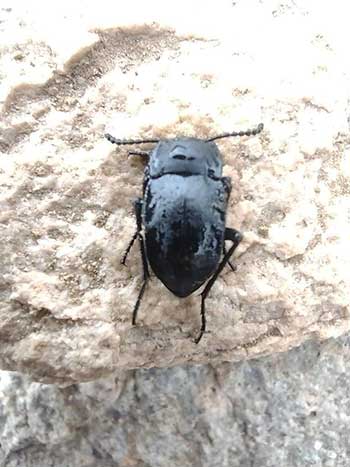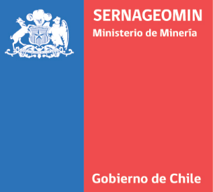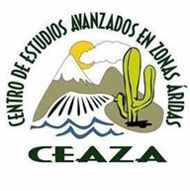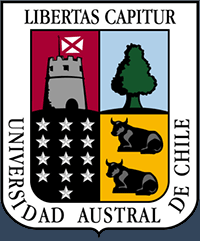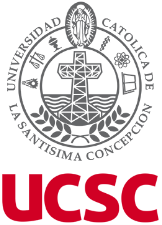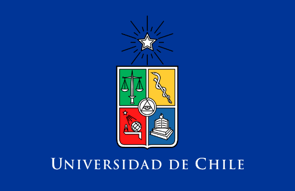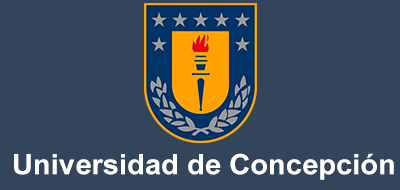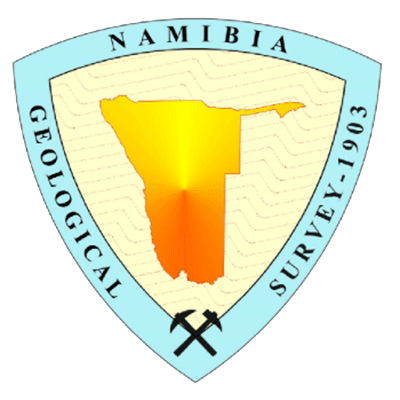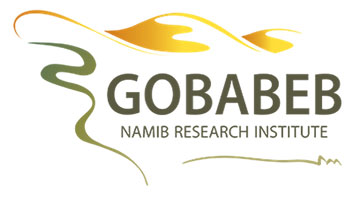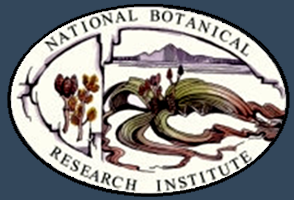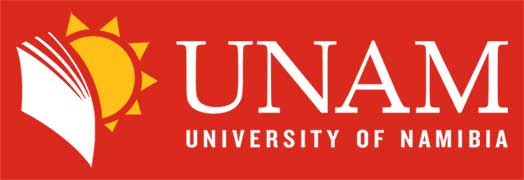In August 2023, members of subprojects Z03 and B02 conducted a comprehensive field irrigation experiment in the Paposo area. The experiment took place on top of an alluvial fan surface, where previous investigations of subproject B02 showed the presence of three species of the rain-depended darkling beetle of the genus Gyriosomus after the 2017 El Niño rainfall period (cf. Zúñiga-Reinoso et al., 2019). The experiment was carried out in cooperation with subprojects B04 and B08 and aimed at provoking ecosystem response to different precipitation amounts and at defining thresholds for each species of Gyriosomus to activate the metamorphosis and develop adult specimen as previously observed. Altogether eight plots of 5x4 m size were irrigated with demineralized water using a portable irrigation device designed by Z03. The different plots received 0 mm, 20 mm (20 l/m2), 40 mm (40 l/m2) and 60 mm (20 l/m2) rainfall between 22nd and 29th August 2023, thus simulating a 8 day-long rainfall period. After the experiment, the fenced plots were equipped with pitfall traps in order to collect only those epigean insects that eclosed due to the irrigation. Pre- and post-irrigation soil samples were taken for analysis of nematode (B08) and microbial (B04) activity, and the plots are further monitored by soil moisture sensors and time lapse cameras in order to reconstruct timing and extent of irrigation-triggered soil moisture and plant growth. Post-irrigation monitoring and insect collection will continue for 3 months after irrigation.
|
|
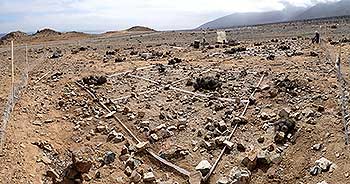 The experimental field included 8 fenced plots, soil moisture loggers and a meteorological station Photo: M. May |
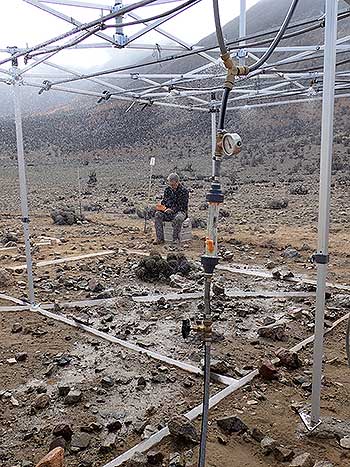 Waiting for the rain to stop... Photo: M.May |
|
|
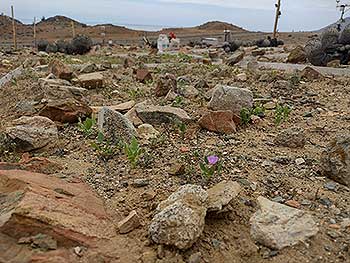 Flowering plants on a 60 mm plot ~5 weeks after last irrigation Photo: A. Jara |
|
|
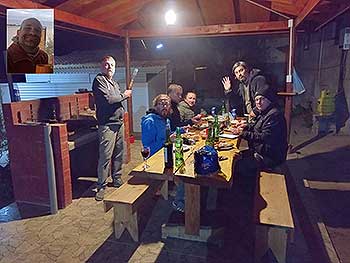 The irrigation group during after-work-BBQ (M. May = inlay) Photo: M. May |
|
Desert rainfall - some impressions Video: M. May |



